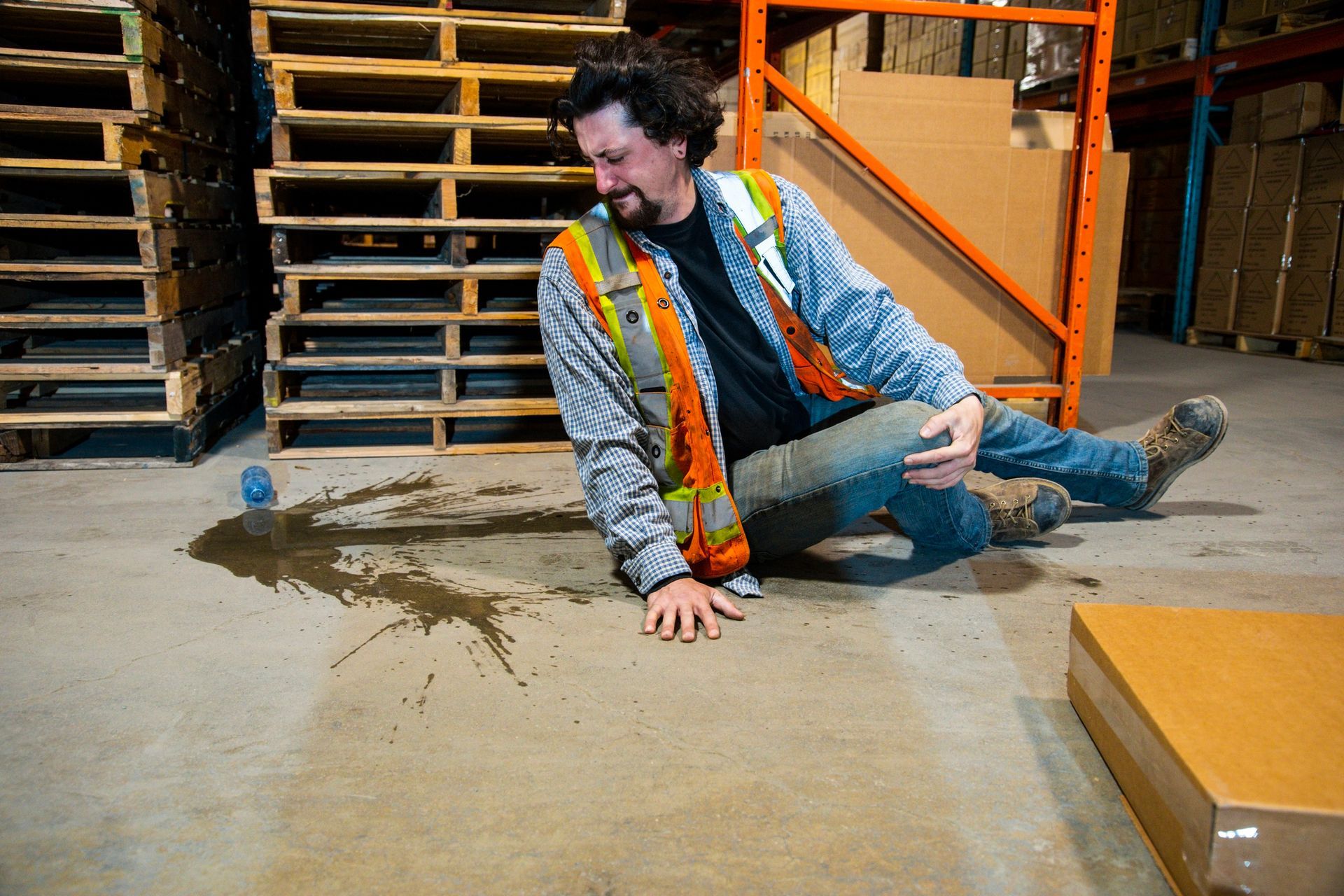Student Athletes at Risk
The Dangers of Extreme Heat
EXTREME HEAT PUTS STUDENT ATHLETES AT RISK
Record-breaking heat is affecting nearly one-third of the country. Temperatures and heat indices are in the triple digits, creating an unsafe environment for outdoor activities. Especially dangerous are outdoor high school and college athletic practices and training; under the best of weather conditions, athletic practices are hard on participants. In extreme weather conditions such as the recent heat waves, practices and training outside can be deadly. Every year, sports coaches have to navigate how to safely get their teams in shape to compete while temperatures during outdoor practices soar.
Research from the University of Georgia aims to help them do just that. Heat is one of the top three causes of death in sports, and there are a lot of states that are not prepared for the extreme heat being experienced now. The researchers at UGA wanted to see how well-suited varying heat policies in different states are to protecting against a given state’s threat level. To determine each state’s heat vulnerability, the team analyzed each state’s policies by how they lined up with established best practices for health and safety in sports and compared them to the state’s climate. Obviously, states such as Alaska or Maine would not need the same type of heat guidelines that southern states need, since the threat level from heat is not the same for these states. However, with temperatures rising everywhere and deadly heat waves occurring as far north as Canada, every state must be prepared to protect their student athletes.
“PROBLEM” CATEGORY
The study conducted by UGA found 29 states are in the “problem” category; these states regularly experience high heat and humidity (a combination which creates a high heat index), but lack heat policies that are sufficiently protective of student athletes. As would be expected, many of the states in the problem category are in the South, and include Mississippi, Alabama, Florida and Texas. But states can change their status, and Louisiana is a prime example of positive change.
When public concerns grew over the vulnerability of student athletes in extreme heat, the governor of Louisiana signed a sweeping bill into law that now requires schools to acclimatize their students to practicing in the heat, monitor environmental conditions and mandate emergency action plans for heat-induced health threats. These changes in policy brought Louisiana into the “fortified” category—showing that states can implement adaptive policies that protect their student athletes. Arizona Department of Health Services published a document called: “Managing Extreme Heat Recommendations for Schools Guidance Document: Pilot Version. Arizona Department of Health Services, Office of Environmental Health, Climate and Health Program (April 1, 2021). The Louisiana policy is supported by the Centers for Disease Control and Prevention.
GEORGIA’S POLICY
Georgia has seen its share of heat-related injuries and deaths of student athletes. In Georgia, awareness of the dangers of Exertional Heat Illness (EHI) peaked after the 2006 death of a Georgia high school football player, which received extensive media coverage, and with the knowledge that, over a 30-year period (1980–2009), Georgia led the country in heat-related deaths of interscholastic football players. In 2016, Johnnny Tolbert was 12 years old when he collapsed at Welcome All Park in South Fulton County during a recreation league football practice. His family's attorney said it was 93 degrees with 36 percent humidity when he collapsed in July 2016. In 2019, State Rep William Boddie introduced a measure that would call for all parks and recreation centers to have a portable cooling tub on hand, one large enough to fill with ice and water if a player of any size collapses or shows others signs of heat stroke. In March of this year, Tolbert’s mother testified for a second time before the subcommittee where the bill has stalled, pleading with members to vote for the bill.
The Georgia High School Association (GHSA) has established a Practice Policy for Heat and Humidity that provides guidelines for practices. This policy takes into account temperature, humidity and other environmental factors in advising schools on how, when and where they can safely have sports practices. The Georgia Independent School Association (GISA) has a policy for mitigating heat related injuries also. The GHSA heat policy was revised in 2012; see https://www.ncbi.nlm.nih.gov/pmc/articles/PMC7384466/.
Both policies provide a structure for when, where and how practices can be held in extreme heat conditions. Therefore, the policies allow for accountability if protection of student athletes is not taken seriously. If your child is participating in school sports during heat events and you do not believe that proper policy or guidelines are being implemented, contact Dave Thomas at The Thomas Law Firm for a free consultation. Injury from extreme heat can be serious—even deadly—but it is preventable. Make sure your student athlete is properly protected.








